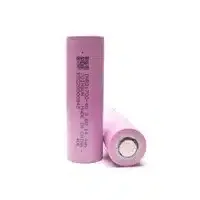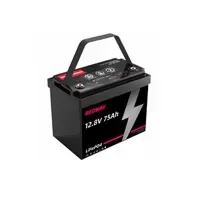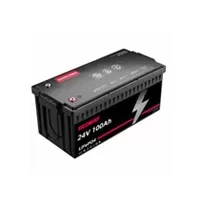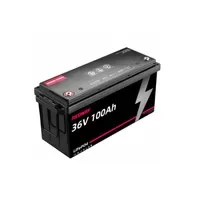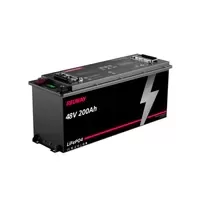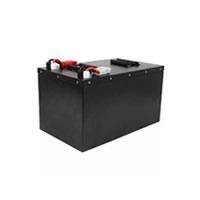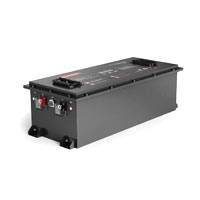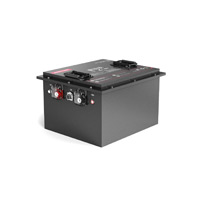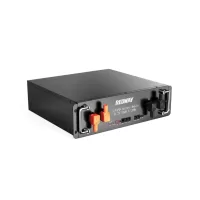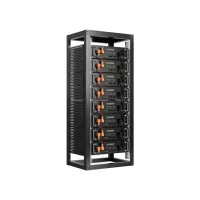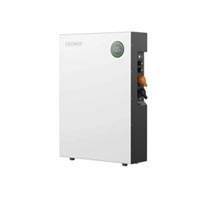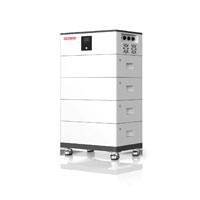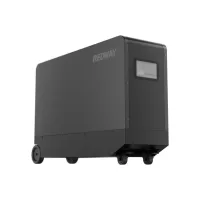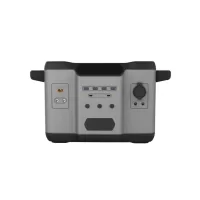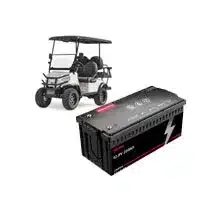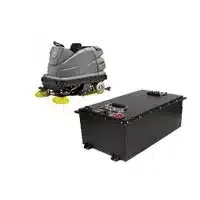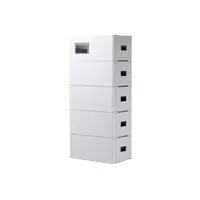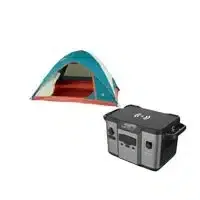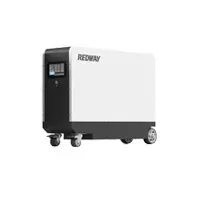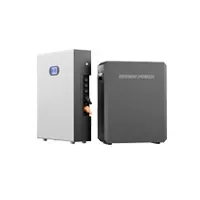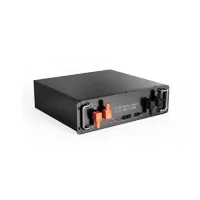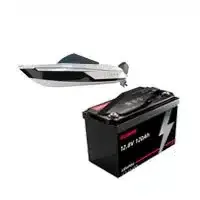Lithium-ion battery fires are a specialized hazard that require specific knowledge and tactics for safe management. This article provides crucial insights into the limitations of traditional firefighting methods, such as powder extinguishers, and outlines the appropriate approaches for extinguishing these fires. From flame removal to submersion in water, we explore the necessary safety precautions and emphasize the importance of prioritizing safety in every step. With this information, professionals can better prepare to handle lithium-ion battery fires effectively and securely.
Disclaimer Prioritizing Safety
Prioritizing safety is crucial for creating a secure environment. It involves identifying and addressing hazards, providing proper training, and implementing safety measures to protect individuals and prevent accidents.
-
Identifying and Addressing Hazards: Prioritizing safety involves identifying potential hazards and taking proactive measures to address them. This includes conducting risk assessments, implementing safety protocols, and providing necessary resources to mitigate risks.
-
Providing Proper Training: Prioritizing safety requires providing comprehensive training programs to ensure individuals are equipped with the knowledge and skills to recognize hazards, follow safety procedures, and respond effectively in emergencies.
-
Implementing Safety Measures: Prioritizing safety involves implementing appropriate safety measures, such as installing safety equipment, maintaining a clean and organized environment, and promoting a culture of safety through regular communication and awareness campaigns.
Prioritizing safety is essential for creating a secure environment where individuals can thrive. By identifying and addressing hazards, providing proper training, and implementing safety measures, we can ensure the well-being and protection of individuals in various settings. Together, we can prioritize safety and create a safer world for everyone.
The Limitations of Powder Extinguishers
Powder extinguishers have limitations such as the risk of fire re-ignition, the spread of residue over a large area, vision obstruction, and inhalation risks in enclosed areas. They may also cause corrosion when used on certain materials.
-
Risk of Fire Re-ignition: Powder extinguishers may have a slight risk of fire re-ignition after initial suppression. It is important to monitor the situation and take appropriate action to prevent re-ignition.
-
Residue Spread: When discharged, powder extinguishers can spread the extinguishing agent over a large area, leaving a residue. This residue may require cleanup and can affect surfaces and equipment.
-
Vision Obstruction and Inhalation Risks: Discharging a powder extinguisher can obscure vision and be inhaled if used in enclosed areas. Proper ventilation is crucial to minimize these risks.
Powder extinguishers have limitations that should be considered when using them for fire suppression. Being aware of the potential risks of fire re-ignition, residue spread, vision obstruction, and inhalation risks can help ensure the safe and effective use of powder extinguishers. By understanding these limitations and taking necessary precautions, we can enhance fire safety measures and protect lives and property.
How to Approach a Lithium-Ion Battery Fire
When approaching a lithium-ion battery fire, pour water on the fire to stop thermal runaway, evacuate the area, and alert the local fire department. Use appropriate fire suppression methods, such as foam extinguishers or dry chemical fire extinguishers.
-
Pour Water to Stop Thermal Runaway: To stop thermal runaway, the process where cells inside a lithium-ion battery catch fire and keep burning until the battery is cool, pouring water on the fire is recommended.
-
Evacuate and Alert Authorities: In case of a lithium-ion battery fire, it is crucial to evacuate the immediate area and alert the local fire department. This ensures the safety of individuals and allows professionals to handle the situation.
-
Use Appropriate Fire Suppression Methods: When dealing with a lithium-ion battery fire, it is important to use appropriate fire suppression methods such as foam extinguishers or dry chemical fire extinguishers. These methods help control and extinguish the fire effectively.
Approaching a lithium-ion battery fire requires swift action and adherence to safety protocols. Pouring water to stop thermal runaway, evacuating the area, alerting the local fire department, and using appropriate fire suppression methods are key steps to ensure safety. By following these guidelines, the risks associated with lithium-ion battery fires can be managed effectively, protecting lives and property.
Extinguishing the Fire by Flame Removal
Extinguishing a fire by flame removal involves removing the flame’s source of heat or oxygen. However, this approach may only slow down the fire’s growth and prevent it from spreading further.
-
Flame Removal: Removing the flame’s source of heat or oxygen can slow down the fire’s growth and prevent it from spreading further. This approach aims to interrupt the fire’s chemical reaction and reduce its intensity.
-
Limitations: While flame removal can be effective in certain situations, it may not completely extinguish the fire. Fire will continue to burn until all the fuel is consumed or until other intervention measures, such as removing heat and/or oxygen, are utilized.
Extinguishing a fire by removing the flame’s source of heat or oxygen can slow down its growth and prevent further spread. However, it is important to note that flame removal alone may not completely extinguish the fire. Additional measures may be necessary to fully suppress the fire and ensure safety.
Submerging the Burning Battery in Water
Submerging a burning lithium-ion battery in water may not be effective due to the battery’s ability to generate its own oxygen and continue burning. Using inert gases like CO2 or nitrogen, or specialized fire suppression agents, may be more effective in suppressing lithium-ion battery fires.
-
Battery’s Oxygen Generation: Lithium-ion batteries can generate their own oxygen, allowing them to continue burning even when submerged in water. This makes submerging alone an ineffective method to suppress the fire.
-
Use of Inert Gases: To effectively suppress lithium-ion battery fires, the use of inert gases like CO2 or nitrogen is recommended. These gases displace oxygen, effectively depriving the fire of its oxygen source.
Submerging a burning lithium-ion battery in water may not be an effective method to extinguish the fire due to the battery’s ability to generate its own oxygen. Alternative approaches, such as using inert gases like CO2 or nitrogen, are recommended to effectively suppress lithium-ion battery fires. It is crucial to prioritize safety and use appropriate methods to mitigate the risks associated with these fires.
Safety Precautions and a Final Note
Safety precautions in the workplace include wearing protective clothing and equipment, using the right tools, maintaining personal hygiene, reporting unsafe conditions, and following safety guidelines and procedures.
-
Wearing Protective Clothing and Equipment: Properly wearing protective clothing and equipment, such as helmets, goggles, gloves, and safety shoes, helps protect against workplace hazards.
-
Using the Right Tools: Using the right tools for the job ensures safety and efficiency. It is important to select and use tools that are appropriate for the task at hand.
-
Maintaining Personal Hygiene: Personal hygiene, such as washing hands regularly and keeping work areas clean, helps prevent the spread of germs and reduces the risk of accidents or health issues.
Prioritizing safety in the workplace is crucial for the well-being of employees and the overall success of the organization. By following safety precautions, reporting unsafe conditions, and adhering to safety guidelines and procedures, we can create a safer work environment for everyone.
Redway Battery OEM Factory Wholesale Price. Get a Quick Quote Now!
Related Posts
- Why do Lithium-ion Batteries Catch Fire? How to Avoid?
- What Makes Lithium Fires More Dangerous than Standard Fires
- What Makes Electric Vehicle Fires Difficult to Extinguish?
- Understanding the Safe Use of Lithium Batteries During Air Travel
- Traveling with Power Banks: Guidelines and Wattage Limits
- Traveling with Batteries and Power Banks: Know the Rules for Air New Zealand Flights

